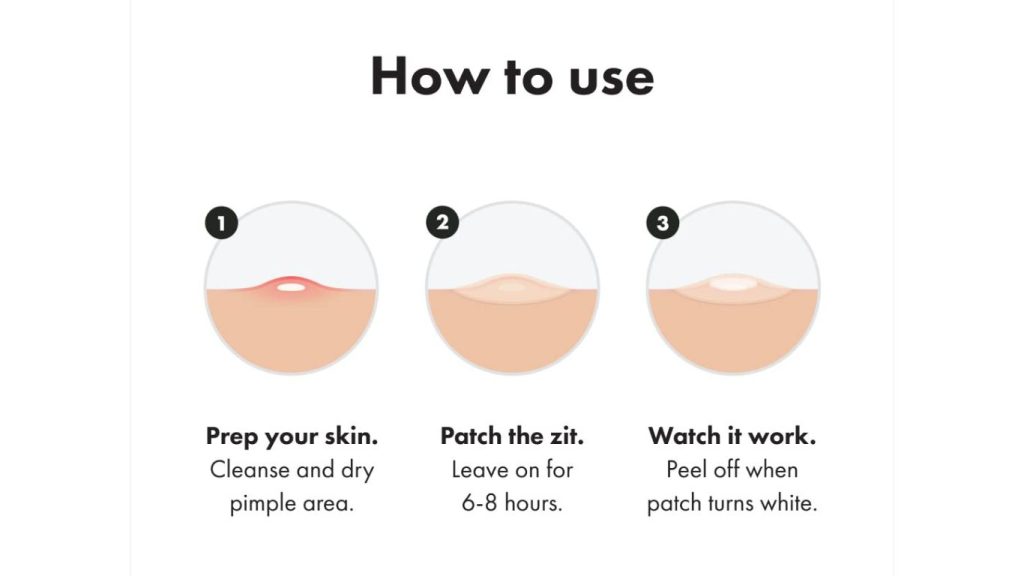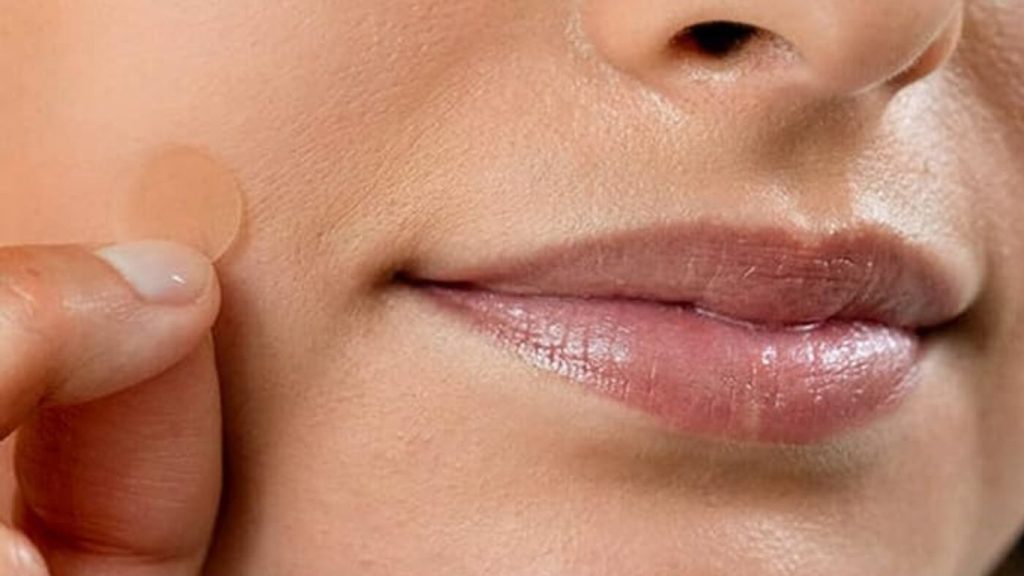Acne. That singular word can evoke dread in many, from teenagers to adults. But in recent years, a superhero has emerged in the battle against those pesky pimples: the pimple patch. These small, often transparent patches are not only an innovative solution for acne woes but also a discreet one. This guide aims to walk you through the process of effectively using pimple patches to achieve clearer skin.
Understanding Pimple Patches
Before we dive into the “how-to,” let’s explore what pimple patches are.
Pimple patches, also known as hydrocolloid patches, originally hail from the medical field. They were used to treat wounds, absorbing exudate (the fluid that oozes from a wound) and promoting healing. The beauty industry, in its perpetual innovation, adopted this technology for acne.

Benefits of Pimple Patches
- Absorbing Excess Pus: The patches draw out fluids from the pimple.
- Protection: They shield pimples from external pollutants and prevent picking.
- Reducing Redness and Swelling: Many patches are infused with active ingredients that help reduce inflammation.
- Discreet Treatment: Most patches are transparent, making them a subtle treatment option.
How to Put On Pimple Patches: A Step-by-Step Guide
1. Start with Clean Skin
Before applying a pimple patch, ensure your skin is clean. Any residue or oil can prevent the patch from adhering properly.
- Wash your face with a gentle cleanser.
- Pat your face dry with a clean towel. Avoid rubbing.
2. Choose the Right Pimple Patch
Not all pimples and patches are created equal. Choose a patch that matches the pimple’s size. Some patches also come infused with acne-fighting ingredients like salicylic acid, tea tree oil, or niacinamide, so pick one that suits your needs.
3. Application
- Peel the patch off its backing. Avoid touching the sticky side too much to retain its adhesive quality.
- Press the patch over the pimple. Make sure the pimple is in the center.
- Smooth out the edges to ensure it adheres well to the skin.
4. Duration
- Overnight: For best results, apply the pimple patch before bedtime and leave it on overnight.
- Daytime: If you’re using it during the day, ensure you leave it on for at least 6 hours for effectiveness.
5. Removal
- Gently Peel off the patch from one edge. If it’s resistant, you can dampen it with a bit of water to ease the removal.
- Inspect the patch. A change in color or appearance usually indicates it has drawn out impurities.
6. Aftercare
Once you’ve removed the patch:
- Cleanse the area gently.
- Moisturize: Apply a non-comedogenic moisturizer to keep the skin hydrated.
- Avoid Direct Makeup: If possible, let the area breathe for a few hours before applying makeup.

Tips and Tricks for Effective Use
- Pimple Stage: Pimple patches work best on pimples that have come to a head. Using them on deep, cystic acne might not be as effective.
- Storage: Store your pimple patches in a cool, dry place. Humidity can affect the adhesive.
- Skin Types: While most patches are designed for all skin types, if you have sensitive skin, opt for patches free from added fragrances or ingredients that might irritate.
- Sunscreen Over Patch: If you’re wearing the patch during the day, you can apply sunscreen over it to protect both your skin and the patch from UV rays.
Potential Side Effects
While pimple patches are generally safe, there’s always a potential for side effects:
- Irritation or Redness: Some people might experience irritation, especially if the patch contains active ingredients.
- Adhesive Reaction: Rarely, the adhesive on the patch might cause itching or redness.
If you notice any prolonged side effects, discontinue use and consult a dermatologist.

In Conclusion
Pimple patches are a revolution in acne treatment, providing a discreet and effective solution to unexpected breakouts. While they’re an excellent tool in the skincare arsenal, they’re most effective when combined with a consistent skincare routine. Remember, everyone’s skin is unique. Always consult with a skincare professional when introducing new products or if you’re experiencing persistent skin concerns. And in the journey to clear skin, patience and consistency are your best allies.
Frequently Ask Questions
Pimple patches, often made from hydrocolloid material, are small adhesive patches designed to treat and heal pimples. They absorb pus and fluids, protect the pimple from external factors, and can also deliver active ingredients to the affected area.
Ideally, apply the pimple patch before bedtime to let it work overnight. However, they can also be used during the day, especially if they’re transparent and discreet.
It’s generally not recommended to pop pimples due to the risk of scarring and infection. Pimple patches work best on pimples that have naturally come to a head.
Once removed, the patch may have changed color or appearance, indicating it has drawn out impurities. Additionally, the pimple’s size and redness should reduce.
While rare, some people might experience irritation, especially if the patch contains active ingredients. If you notice prolonged redness or itching, remove the patch and consult a dermatologist.
